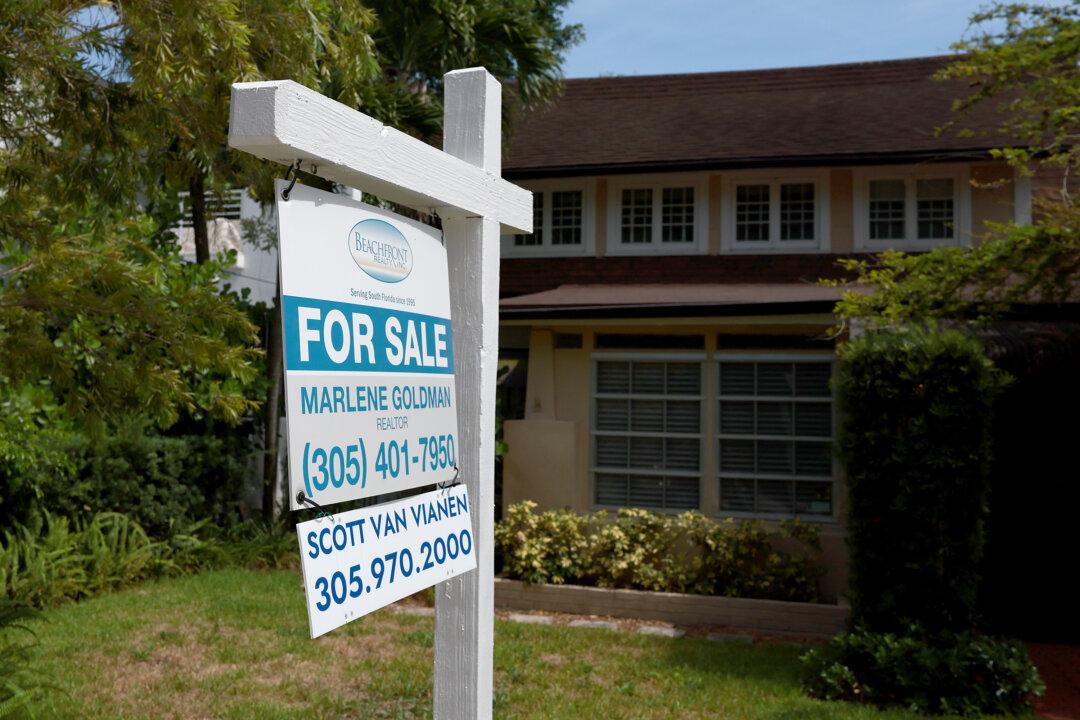The battle waged by the Federal Reserve to curb inflation is heightening mortgage costs, making homes less affordable for first-time buyers.
The average rate on the popular 30-year fixed mortgage is now close to 6 percent, which is about double what it was at the beginning of the year. Consequently, the monthly mortgage payment for a typical home in the United States for new buyers has increased by roughly $800, or 53 percent, this year.





